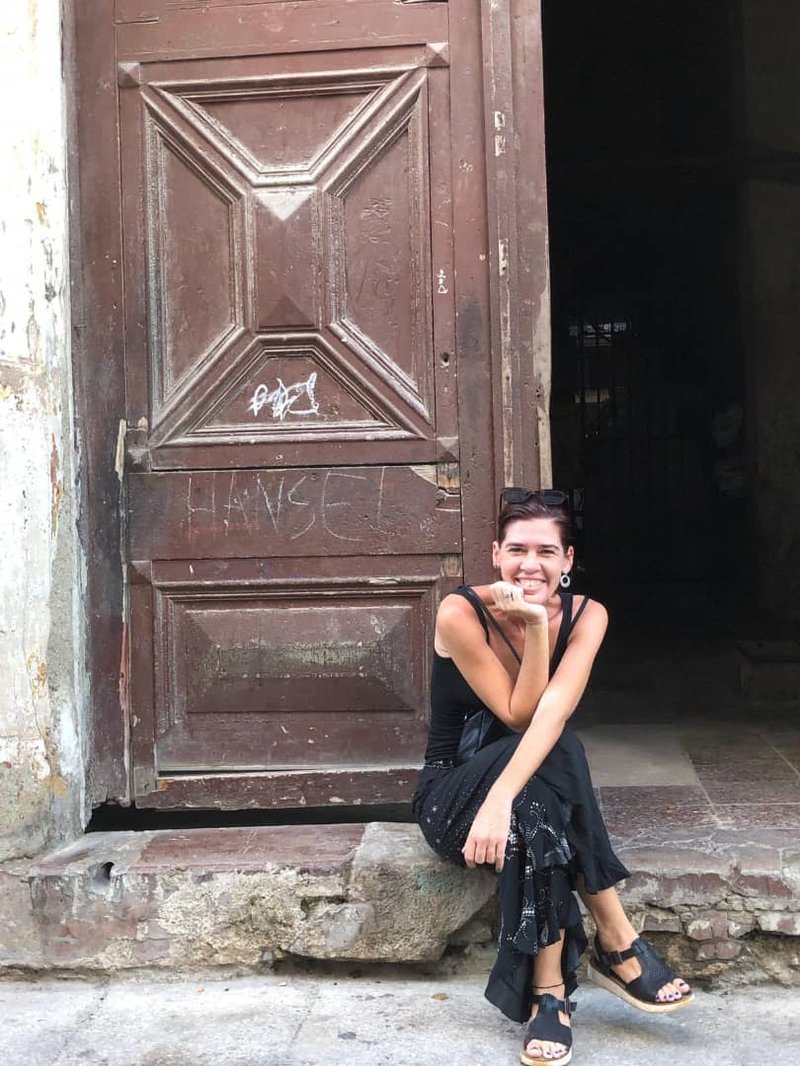Gretel Medina

Presentations and agreements
Globalization today is a context in which cultural boundaries are subverted in today’s world. Traditional art forms and ways of representations are all mixed together and reshape each other in multiple locations.
That’s way museums, galleries, and other institutional venues are obliged to evolve and change into cultural spaces in which traditional art forms are combined with projects of education, entertainment, and politics. To have effective institutions that support creative projects is one of the most important aspects for contemporary societies. This support is essential to attracting different audiences who feel they can rely on institutions, find spaces for learning, discussion, and networking.
One of the key challenges for CIMAM is to create and reinforce a bond between a wide variety of institutions in which cultural agents can find help and dialogue. This is my first time in this type of congress and it was actually very helpful to contrast and round ideas beyond geographical isolations. It also allowed me to think collectively and transnationally in terms of a global artistic community. Collaborative Projects are a central component of these contexts. Artists, institutions, curators, and publics have to work jointly in order to create strong and effective connections for everyday social, financial, and political challenges -particularly in developing regions.
The Congress presentations revealed a variety of experiences that gave participants the opportunity to compare each other’s projects. In this sense, it was helpful to realize and contrast our differences but also to learn from commonalities. From Philippines and more traditional structures museums as maps in Sao Paulo Brazil are having. The first … was talking about collaboration between projects and institutions and for me that was key, coming from……
Application
In the case of Cuba, we are now confronting ways to understand the relations between the notions of “public” and “private.” As we start to deal with these dynamics in smart ways, we are looking for connections in order to pave the routes to follow. Learning from other experiences and adapting existing formulas for collaborative strategies is very important.
Discussions around governance within institutions and, at the same time, understanding the relations of power with civil society and their political structures is the beginning of a fundamental question for everyone.
The way institutions organize their staff and how they related to each other is fundamental. This ties demand that departments such as communication, education, and artistic projects work together as a team.
CIMAM’s database on issues such as censorship will certainly be a helpful tool to deal with different situations that can provide information to nurture new ideas on the topic.
Events in different parts of the world as well as residencies and other open calls can be socialized trough the CIMAM network.
South Asian history and especially the present development of the area is exciting and vibrant. Knowing about their institutions and artistic projects was an amazing way to get to know this part of the world. The region is geographically far from Latin America but, at the same time, there are many similar socio-cultural aspects, starting with our common history of colonization, and our present moment of transition.
CIMAM’s congress was also revealing for me in that sense. I realized that our past history is marked for the same lines and that our artists are marked by migration, movement, and social struggles. The idea of a Global South was evident in the common experiences shared by the territories of Latin America and South Asia. I hope that this connection can be also explored in artistic projects that include open discussions between our realities.
Above all, to have a space to confront, contact, and talk about our everyday challenges as cultural mediators gave us the opportunity to feel part of a networked, interdisciplinary community that gathers once a year to understand and debate our cultural environments.